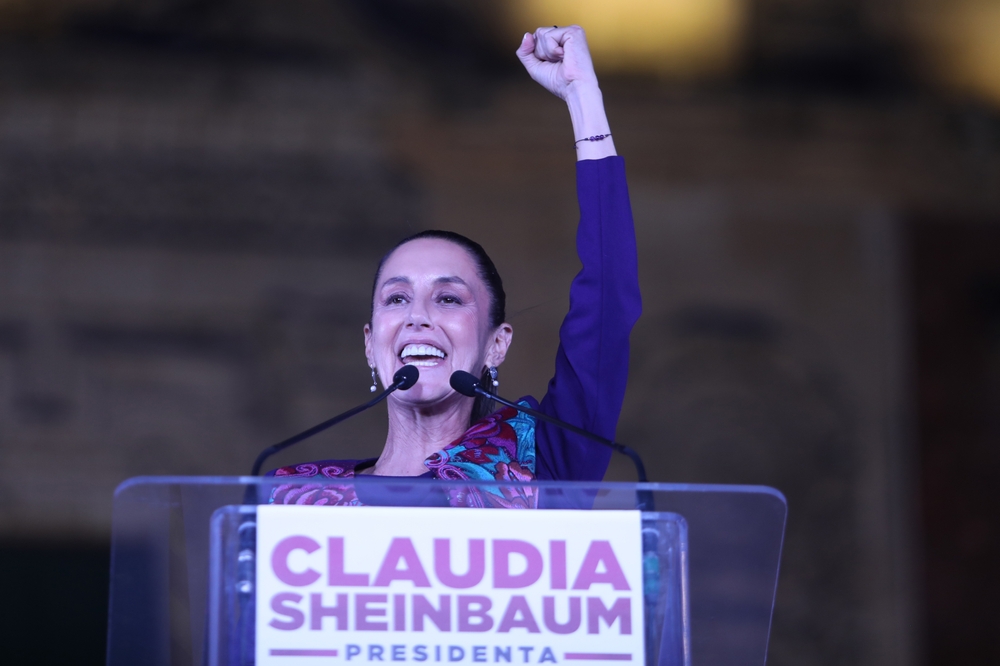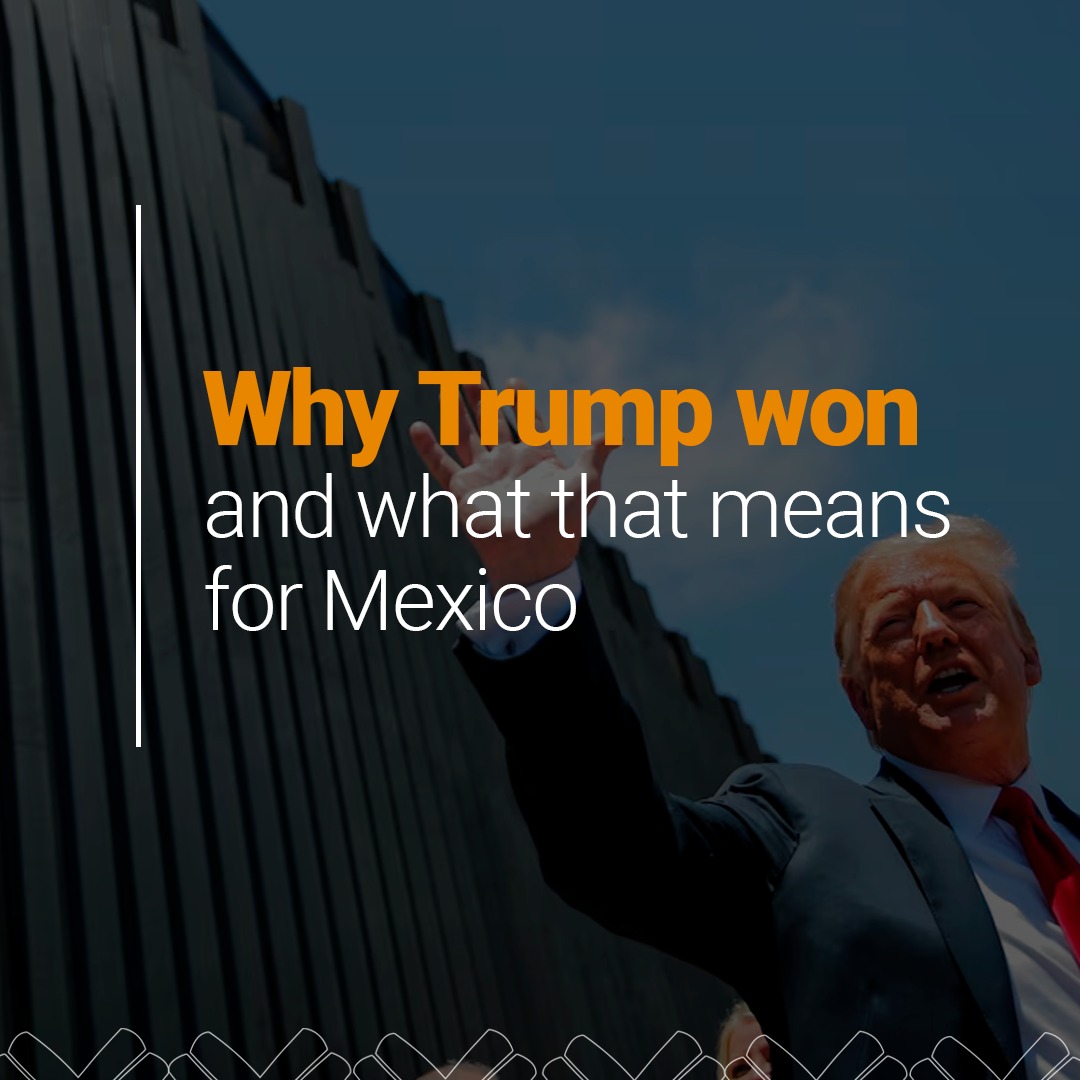In several Latin American social movements a new reading is emerging of the role being played by Pentecostal churches in poor urban neighborhoods and their political consequences.
"Pentecostalism is the largest self-organized movement of urban poor in the world," according to the U.S. urban specialist Mike Davis. His opinions on this religious movement tend to be rejected outright by many leftist intellectuals. However, Davis is convinced that "many people on the left have made the mistake of assuming that Pentecostalism is a reactionary force—and it’s not."
Davis is not just being provocative. He is opening minds to conduct research without ideological prejudices and to view reality based on the people’s needs. He explains that among the urban poor in Latin America, Pentecostalism is a religion of women that produces real material benefits. "Women who join the church, and who can get their husbands to join with them, often see significant increases in their standard of living: the men are less likely to drink, or whore, or gamble all their money away."
We should add that it also decreases domestic violence. Davis believes that one of the great attractions of Pentecostalism is that "it’s a kind of para-medicine." The health of the poor is in permanent crisis and can destabilize their lives, wherever neoliberalism has devastated state health services, and the prices of medicines are sky high. He states that in peripheral areas Pentecostals have been successful in curing alcoholism, neuroses, and obsessions. With some irony, he defines it as a kind of "spiritual health delivery system."
Brazil, a Pentecostal Paradise
In mid-August 2008, a group of activists from urban social movements called a meeting in Brazil titled "Course on Unorthodox Thoughts." For three days, a hundred young people debated about social work in the urban peripheries. Marco Fernandes, an historian and social psychologist who participates in the Homeless Workers Movement (Movimento dos Trabalhadores Sem Teto, MTST1), was interested in deeper research on the question of Pentecostal churches and arrived at conclusions similar to Davis’s.
In Brazil, the Catholic religion is in crisis. In 1980, 89% of the Brazilian population called itself Catholic; in the 2000 census, the figure fell to 74%, and by 2007, when the Pope visited the country, to 64%. In 1980, John Paul II had crowds of two million people, but by 2007 Benedict XVI could draw only 800,000.
He was far from topping records for mass gatherings. Three million showed up in São Paulo for the last gay pride day; 1.5 million attended the Rolling Stones concert in Rio de Janeiro; and, to the Vatican’s shame, every year evangelical churches draw one or two million of the faithful for their march for Jesus.
Brazil is at once the country with the most Catholics, but also with the most Pentecostals in the world, with some 24 million faithful, in comparison to only 5.8 million in the United States, where this branch of Protestantism originated.
However, Pentecostals are a social and political force, not just religious. In a historical irony, the largest left party on the continent, the Workers Party (PT), created by the Catholic Church and other entities, came into power with a Pentecostal vice president, José Alencar. The Universal Church of the Kingdom of God to which he belongs controls 70 television and 50-plus radio stations, a bank, several newspapers, and has 3,500 temples.2 Its Record TV Network vies for the largest audience against the legendary Globo Network and earns a billion dollars a year.
Of the 550 total legislative representatives, 61 are Pentecostals, and 91 call themselves militant Catholics. The vice president’s Brazilian Republican Party (PRB), created in 2005 and linked to the Universal Church, is the fastest growing political force in the country.
"Anyone living in the urban peripheries of today’s Brazil, where I have lived for years, can confirm that this is an important phenomenon. Many participants in the Homeless Workers Movement are also members of the local Pentecostal church. We cannot forget that religion played an important role in the formation of our left," says Fernandes.3
To understand the challenge of Pentecostals to social movements, Fernandes maintains that we have to reject ideological prejudices. He says there is a reason why the PRB grew in less than a year "from a thousand members to a hundred thousand," something no other party has done. Fernandes’s first goal is to understand why they can mobilize so many people.
"A few months ago, the Universal Church organized an event at the Botafogo beach in Rio to raise funds to extend their radio network, and 650,000 people attended, in a city of 10 million. In São Paulo last year, the march for Jesus organized by the all Pentecostal churches working together drew 2.5 million."
An Alternative in the Slums
Fernandes states that in the slums, Pentecostals not only get many people away from alcohol, but also occasionally get them to give up drug trafficking and delinquency. And they do it without pressure. "It’s a question of giving people alternatives and hopes for a better future. Last night, I listened to a Pentecostal radio station, one of many. A guy called in who said he was out of work and drinking a lot. The pastor told him: ‘I want you to know that I had this problem too.’ The pastors put themselves in the other’s place before giving advice."
This researcher-activist tells a personal story. A year ago, he suffered a deep depression due to the death of one of his best friends, who had been murdered in the slum, and this coincided with an accident suffered by several members of the movement. "I was alone at home, and I felt really bad and went outside, and some friends told me to go to the nearby Pentecostal church. Since I didn’t feel good, I went with them. Usually in these cases, you sit to the side so as not to draw attention to yourself. But a church woman came over and told us we were special guests and sat us up in front of everyone. They introduced us, called us by name, and greeted us with songs."
He felt direct, personal treatment and a warm welcome, which he had not expected. "The service began with three pastors. First, a group of young girls came in singing and thanking God. They sing very nicely, because they rehearse a lot, clapping hands, dancing in rhythmic movements. Next came a group of women around 40 years old along with the church band, and they danced a samba rhythm but with Pentecostal words. Finally came a duo of adolescent girls singing and dancing. All that lasted about two hours, and then, the three pastors spoke, but only for some 20 minutes, reading the Bible. So, it was a party among the people, a club meeting, where the Pentecostal message was not central."
Fernandes, who is an atheist, confessed that he left church feeling very good, his anxiety had disappeared, and he felt "lighter." "The position of the chairs surprised me—not like in a traditional church, but in a large circle, like we do in the movements. People look at each other as they sing and do all that collective catharsis. And while I was there, I thought, we can do those things in our movements."
When we began to micro-analyze relations between Pentecostal churches and local residents, a few details appeared that explain these religions’ success. "People live monotonous lives in their neighborhoods, where there is nothing to do on Sundays; the neighborhood is ugly and has no services, no movie theater, or soccer field. In those places, the only way to have an enjoyable experience is to go to the Pentecostal church, where you are going to have an impressive aesthetic experience, with music and dance, because they are not just looking for the truth but may only want to spend a pleasant moment, meet or make friends, feel part of a community."
Also, Pentecostal churches have childcare where mothers can leave their children while they go to the service. We should not forget that in movements in urban peripheries, as in the churches in those areas, the most active people are always and in all cases the mothers. Generally, they are young women, under 30, with several children and no partner or only short-term partners. The survival of the family depends on them, and they need entertainment too.
"In addition," says Fernandes, "the service is full of color and fragrances from incense that facilitate the catharsis. People dress in a very traditional way. The young women wear long skirts, not miniskirts, and the men often wear a suit to church. A bricklayer in a suit feels different." Catharsis is understood as an internal stirring that produces a sense of well-being, similar to what can be experienced at a rock concert or a football game.
Beyond Religion
In other Latin American countries, questions similar to Fernandes’s arise among social activists. Among Argentina’s piqueteros (unemployed picketers), as among country farmers organized in Guatemala, attempts have been made to understand why so many movement activists attend Pentecostal churches. In fact, movements and churches work among the same social sectors.
What is true is that the left’s anticlerical discourses work only for the intellectuals who traditionally resisted understanding the symbolic function of religions and now, also, the positive material benefits for their members. The Universal Church, for example, has specialists in micro-enterprises who guide the faithful in establishing their small businesses and help them get out of unemployment.
Fernandes explains the enormous differences among the popular sectors between the current reality and that of the 1960s, the period when Ecclesiastic Base Communities (EBCs) contributed to the birth of several movements, including the landless movement, the central workers union (CUT) and even the PT. "The EBCs had a very rational praxis, appropriate for schooled persons. That’s why they excluded from their rituals the most cathartic popular sense of religions found in African-based sects and others. They were prejudiced against what they considered forms of alienation that distracted from the focus on political consciousness-raising, in their opinion."
The reason-based matrix in the base communities called for collective Bible reading as a way to understand reality. "It was appropriate for a period when the norm was the more or less structured nuclear family, the worker in industry or services with a steady job, children in school, and a future on the horizon. Neoliberalism ended all that for the popular sectors, and those methods no longer work. Here, the main actor is no longer the skilled worker, but the woman and her children, and they have no future in this society," according to Fernandes.
Homeless MovementThe Homeless Workers Movement grew out of the Landless Rural Workers Movement in 1997 in order to "coordinate land and urban struggles." The first large-scale occupation of urban land was carried out that same year in the city of Campinas, São Paulo state, with 5,200 families. On July 19, 2003, the MTST set up an encampment on land owned by Volkswagen in São Paulo, and 4,000 families showed up to get housing. São Paulo’s Social Democratic government sent the military police, which isolated the camp with sharpshooters in helicopters, and on August 9 attacked them, causing dozens of casualties and arrests. The occupation was abandoned. The encampments build houses and community spaces for healthcare, education, and culture. They open popular libraries with donations from Venezuela and hold theater and movie events. They usually have family-based gardens for their own consumption and organize collective cleaning and healthcare projects. Many of the occupants are cardboard collectors who want to set up cooperatives to recycle and sell collectively. They have festivals with hip-hop bands, the music preferred by the young people in the peripheries.
|
Pentecostal religion allows everyone to have direct contact with the holy spirit, without pastoral mediation. "That direct contact is the catharsis, the celebration—what people want when they have no future in a society that allows no place for them."
Most of the faithful in peripheral areas do not belong to large churches, like the Universal Church, or the Assembly of God, but to small churches with strong local identity. "One can think that the smaller the church, the more direct the relations, face to face. People living on the same block don’t know one another, but they discover each other at the Sunday service." In many peripheral neighborhoods, the only painted building, pretty but not ostentatious, is the Pentecostal church, often painted by the people themselves. The Pentecostal church creates a sense of belonging, of community.
Many activists feel a certain pessimism about the compatibility of the organizational work of social movements and Pentecostal churches. They remember that the Ecclesiastic Base Communities of the Catholic Church emerged in a very different political context and within the framework of the Second Vatican Council that fomented social justice and defended the "option for the poor."
"While Catholics never approved of riches, and this can be seen even in a conservative Pope like Benedict XVI, and although this can be considered a double discourse, the Pentecostals worship individual enrichment. That is why I think it is unlikely they will join social movements, although a few small groups do," says Fernandes.
What’s interesting is that ideology-based reflection is being left behind. The desire for beauty, for communion through music and dance, is part of the praxis of Brazil’s Landless Movement (MST), where it is called "mysticism" and plays a relevant role in the consolidation of collectives occupying lands. But by and large, it has not been incorporated into social movements, especially in urban peripheries. Fernandes adds, "I am ever more convinced that if those of us in social movements are incapable of understanding that people feel a hunger for beauty, for joy, we will not grow, nor will we reach the population that needs change the most."
Crudely materialist discourse has made economic problems an almost exclusive concern for most groups on the left, which come from university-educated middle classes and are convinced that Pentecostal pastors exploit people’s ignorance through money contributed by the faithful. From his experience as a psychologist, Fernandes views it differently: "They forget that when people begin to go to the churches, they begin to feel better; they put their life back together, and, of course, who wouldn’t pay money for that? Middle-class people don’t think it absurd to pay a lot of money for a session of psychoanalysis, for just 50 minutes with a man who hardly speaks to you or looks at you. That seems correct, because it is a recognized ‘scientific’ practice. But that doesn’t work for the popular classes."
End Notes
- http://www.mtst.info/?q=taxonomy/term/38.
- Luis Esnal, "Brasil: la hora de los pentecostales", La Nación, 20 Aug. 2006.
- Fernandes, interview by Zibechi, 9 Aug. 2008.



